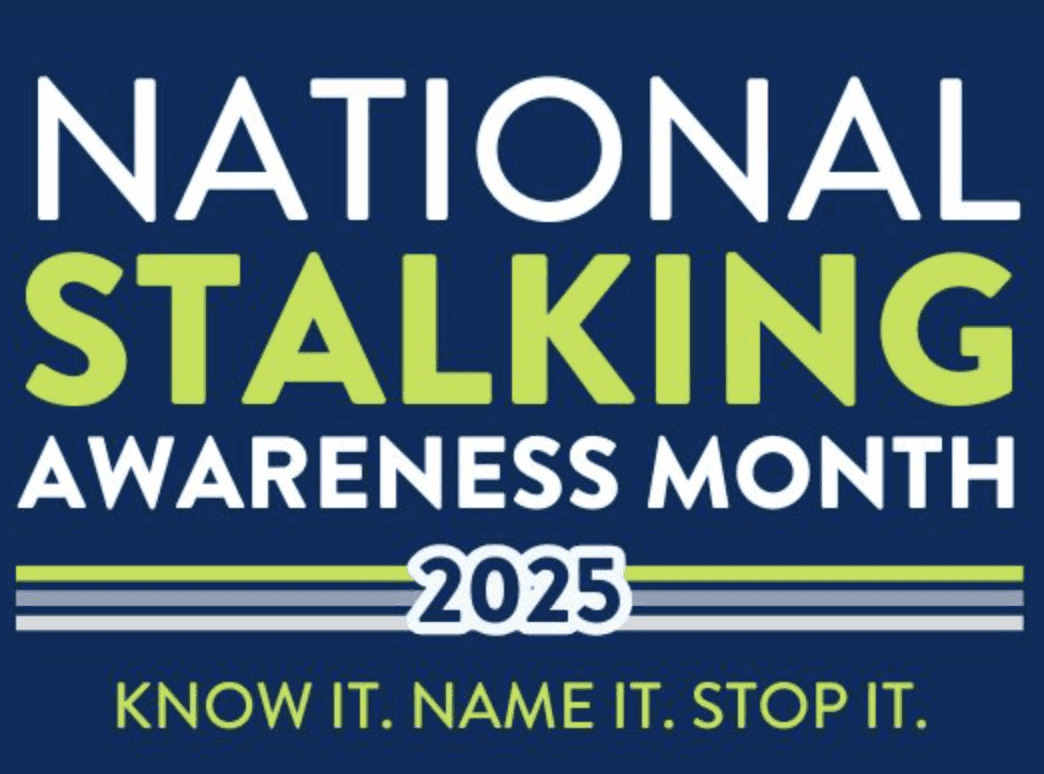By Deana M. Newman
It’s a bright and sunny Saturday morning and a perfect day to continue the tradition of meeting a group of friends for a friendly game of basketball. You’ve just made a beautiful slam dunk to win the game for your team leaving your opponents in awe. However, in a few moments after landing from your amazing flight, your ankle begins to throb, swells with noticeable tissue discoloration and you assume the injury may be a bad sprain or worse…a broken ankle. Now for
the second dilemma, because your family physician does not offer weekend office hours you now have the depressing thought of possibly spending the remainder of your Saturday hours within the emergency department of your local hospital. Talk about adding “insult to injury”, but what are your options?
Urgent care is defined by the National Association for Ambulatory Care (NAFAC) as the “…treatment of any disease, illness, and injury which is presented by otherwise healthy consumers…and those who do not suffer from a long-term chronic disease, or require the services of a hospital”. In other words, an urgent care center would be the best place to seek treatment for the above ankle injury.
Due to the demand of consumers who are healthy yet experience infrequent episodes of minor ailments and want quick, convenient and affordable treatment, urgent care medicine has become the largest growing sector within the nation’s health care industry. Many family practice physicians have also moved into the urgent care arena as a
way to create balance within their own lives. The demands of being on-call, traveling between offices, hospitals, and nursing facilities have been the recipe of consistent “burn-out” for most.
Prior to the creation of urgent care medicine, hospital emergency rooms (ERs) have served as the major site for routine “after hour” medical problems, however, the ER is not the correct site for treating such ailments due to cost structure and inconvenience. “When you are seen in the ER you will take up an emergency room, exam room, the services of a physician and staff who are qualified to deal with cardiac failure, internal bleeding, or any of those issues that would require more than what a chest cold or ear ache would require”, said Barry E. Saltman, M.D., President and Medical Director of Care Free Medical, Incorporated – a not-for-profit family health clinic in Mason and Lansing, Michigan.
Within the timeframe of 1994 – 2004, the number of emergency room visits in the United States rose from 93.4 million to more than 110 million annually (an 18 percent increase), while over 12 percent of ERs have simultaneously closed nationwide. As reported within the National Hospital Ambulatory Medical Care Survey (2006), only 13 percent of patients who visited the ER were classified as emergent, 37.8 percent were urgent cases, 21.8 percent were categorized as semi-urgent, and over 12 percent were non-urgent visits. Unfortunately, the influx of non-emergent ER visitations and resource exhaustion is attached with a hefty price tag. “Between 30 – 35% of commercial insurance premiums are where they are because of people utilizing services inappropriately” said Dr. Saltman. “It isn’t just a cost to the hospital, or to the consumer who may get an ER visit bill of $1,100 for a sore throat, somebody has to pay for that, and that somebody is one with health insurance.”
The deficiency of knowledge about urgent care centers and their available services, people who lack a relationship with a primary care physician and overall access to health care in general, especially within underserved communities, contribute to the misuse of emergency department resources.
Below is a list of example medical conditions which may warrant a visit to the emergency department:
o Chest pain
o Difficulty breathing
o Severe bleeding or head trauma
o Loss of consciousness
o Sudden loss of vision or blurred vision
o Signs of a heart attack
o Signs of stroke
When to go to an Urgent Care Center:
For less serious conditions, urgent care facilities may best meet the needs of the following:
Minor burns or injuries
Sprains and strains
Coughs, colds, and sore throats
Ear infections
Fever of flu-like symptoms
Rash or other skin irritations
Animal bites
Broken bones
Allergic reactions (non-life threatening)
However, when in doubt about where to seek treatment, call ahead. If an urgent care center is unable to assist your needs, they will advise you to go to the nearest emergency department. For a list of urgent care centers in your area, contact your local Department of Community Health or your health insurance provider.
Deana Newman is currently a Cardiovascular Perfusionist at Sparrow Hospital and a Master’s candidate in Health Communications at Michigan State University.
NOTE: This article is for informational purposes only. Please note that if you feel it necessary to go to the hospital, please do so.



